Canada is known for its vast wilderness, lakes, and polite culture. Americans are often unaware of these 20 facts, which demonstrate some of the noticeable differences between the neighboring countries.
Canada Has Two Official Languages
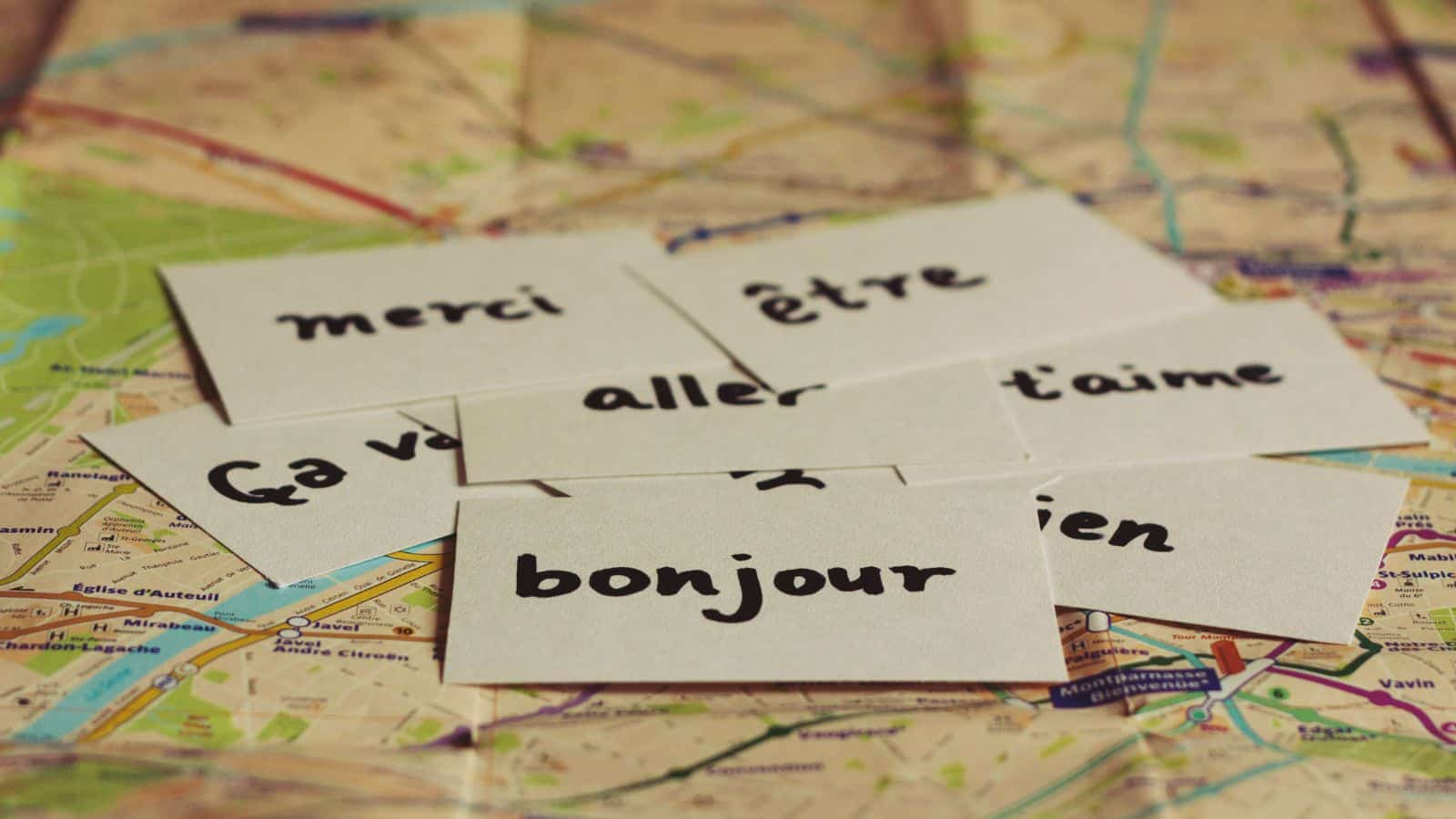
In Canada, English and French are both official languages. French is predominantly spoken in Quebec, but around a third of Canadians can speak both languages. Canadian government services are provided in both English and French.
Canada’s National Sport Isn’t Just Hockey
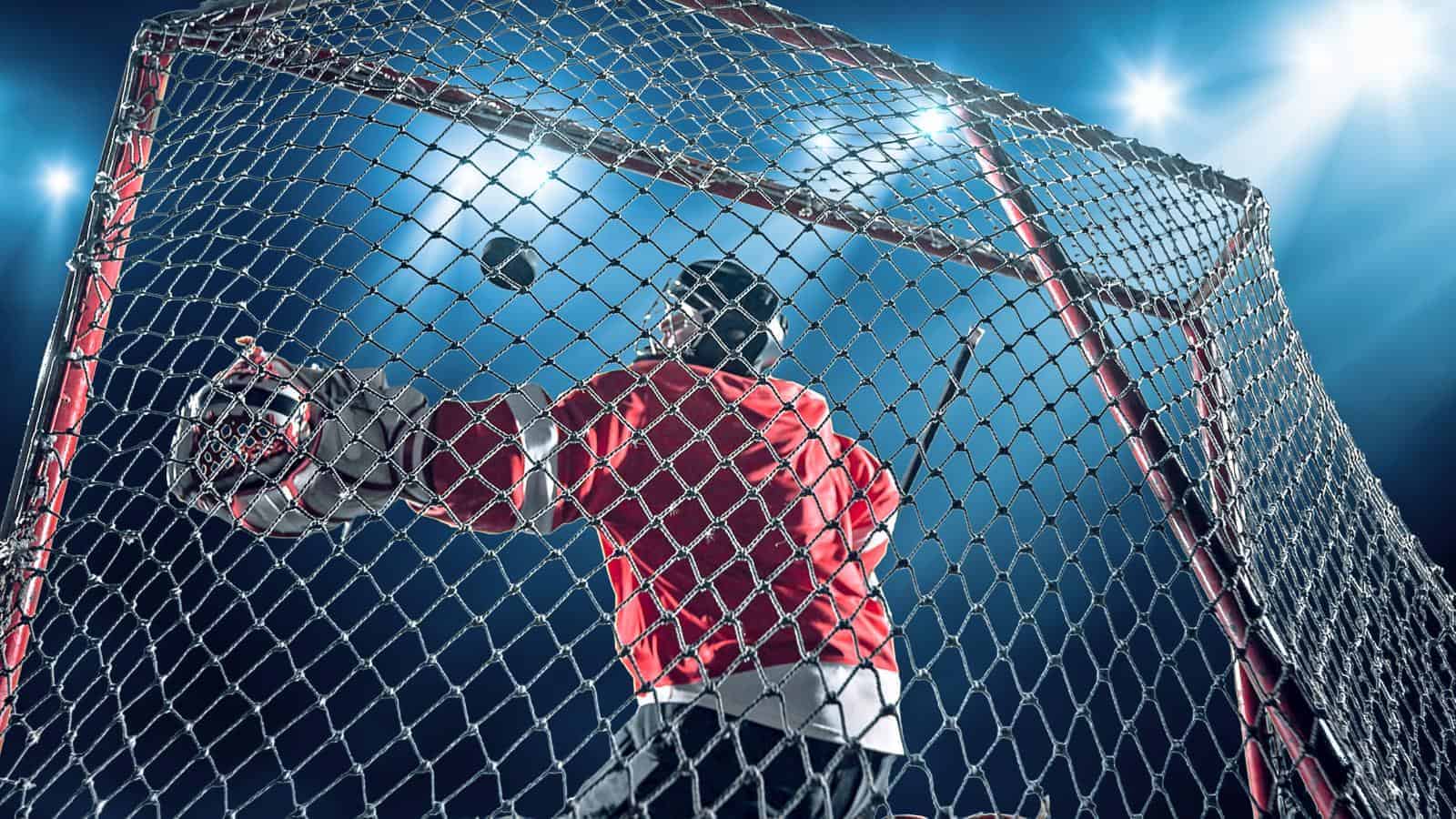
Canadians are known for their love of hockey and the CHL, but it’s only their official sport during the winter months. In the summer, lacrosse, which also has deep historical roots in the country, is the official national sport.
Canada Has the Longest Coastline in the World
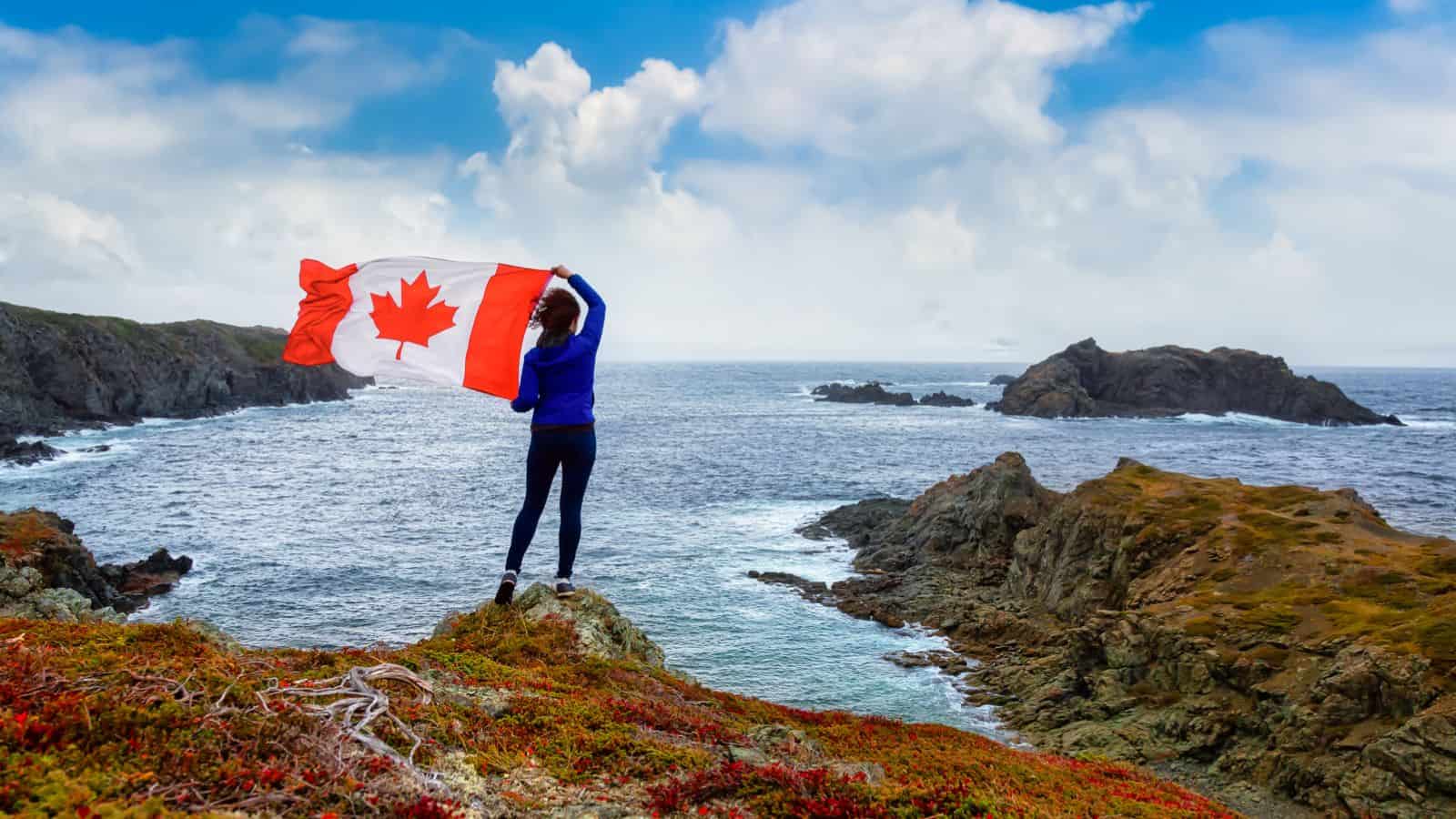
Canada has the world’s longest coastline, around ten times longer than America’s. WorldAtlas explains that “the country’s 202,080 km/125,567 mile-long coastline fronts on the Pacific Ocean to the west, the Atlantic Ocean to the east, and the Arctic Ocean to the north.”
$1 Million Coins
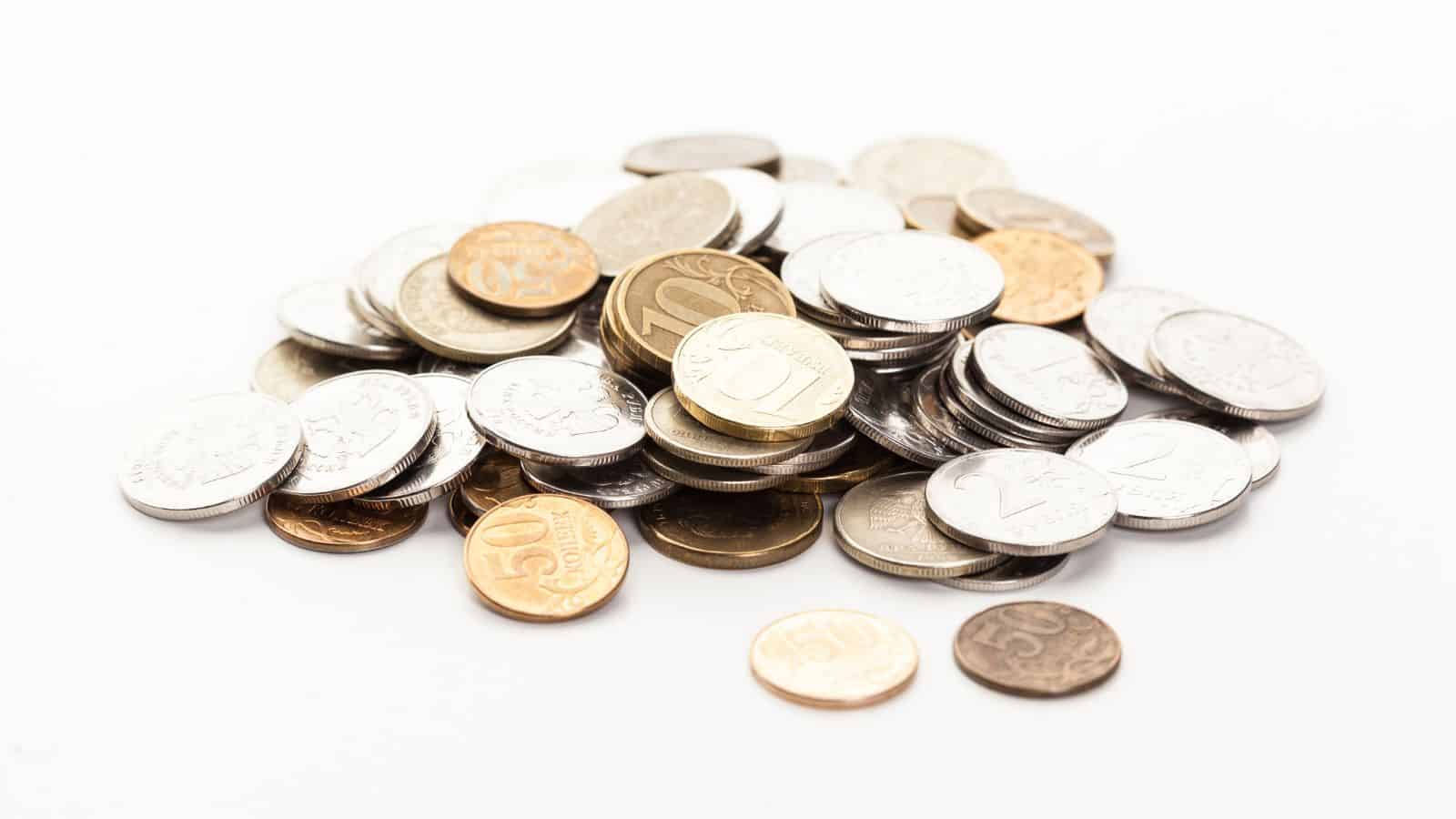
In 2007, the Royal Canadian Mint created five versions of the Big Maple Leaf, a CAD$1 million gold coin weighing 220 lb. One was stolen from the Bode Museum in Berlin in March 2017, and investigators believe the robbers melted down the gold and sold it.
Polar Bear Towns
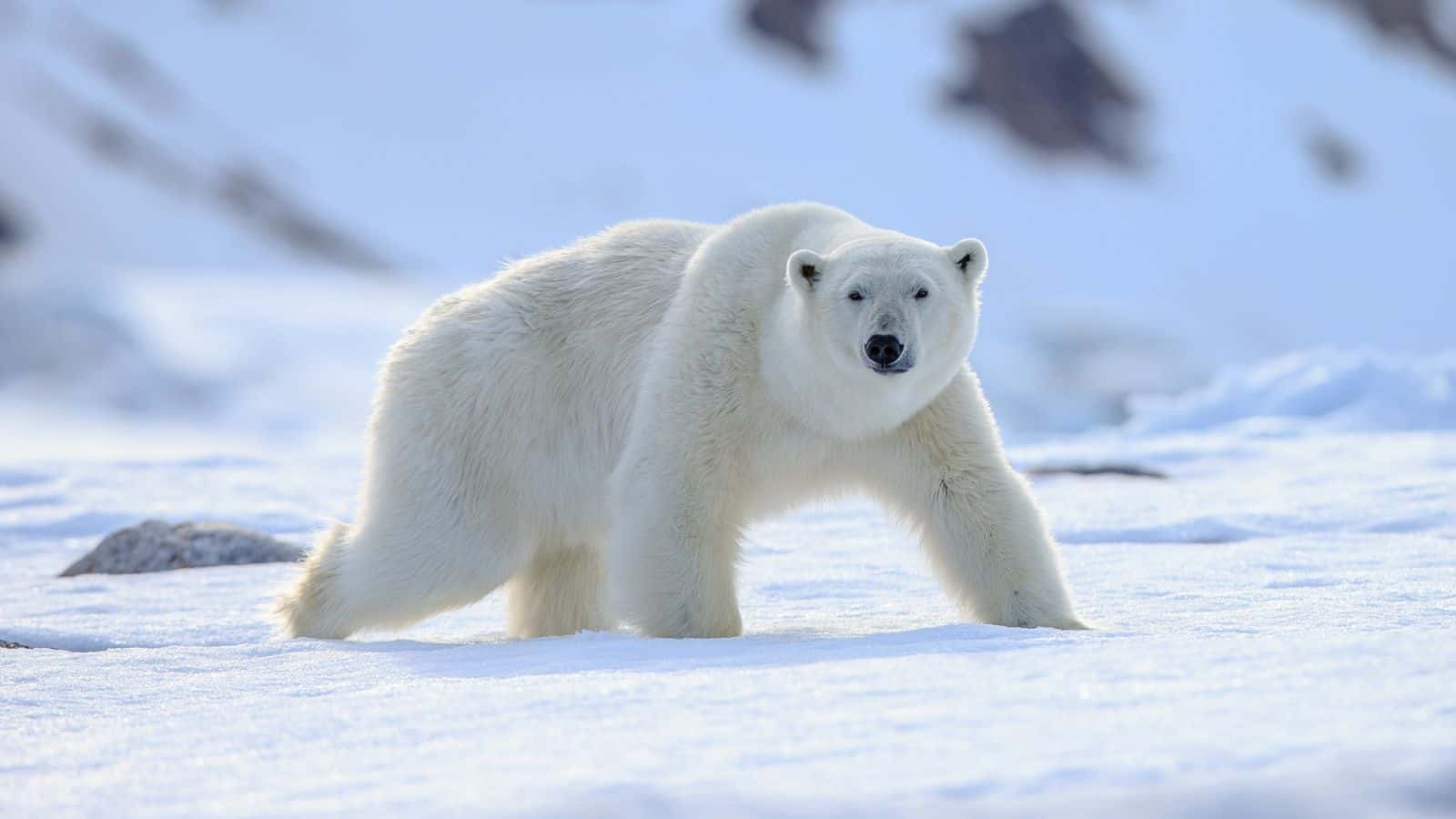
Canada is home to an estimated 16,000 polar bears, around two-thirds of the total estimated population of 26,000. Churchill in Manitoba is called the “Polar Bear Capital of the World” because around 1,000 bears migrate to the town from July to November.
It’s the Largest Producer of Maple Syrup
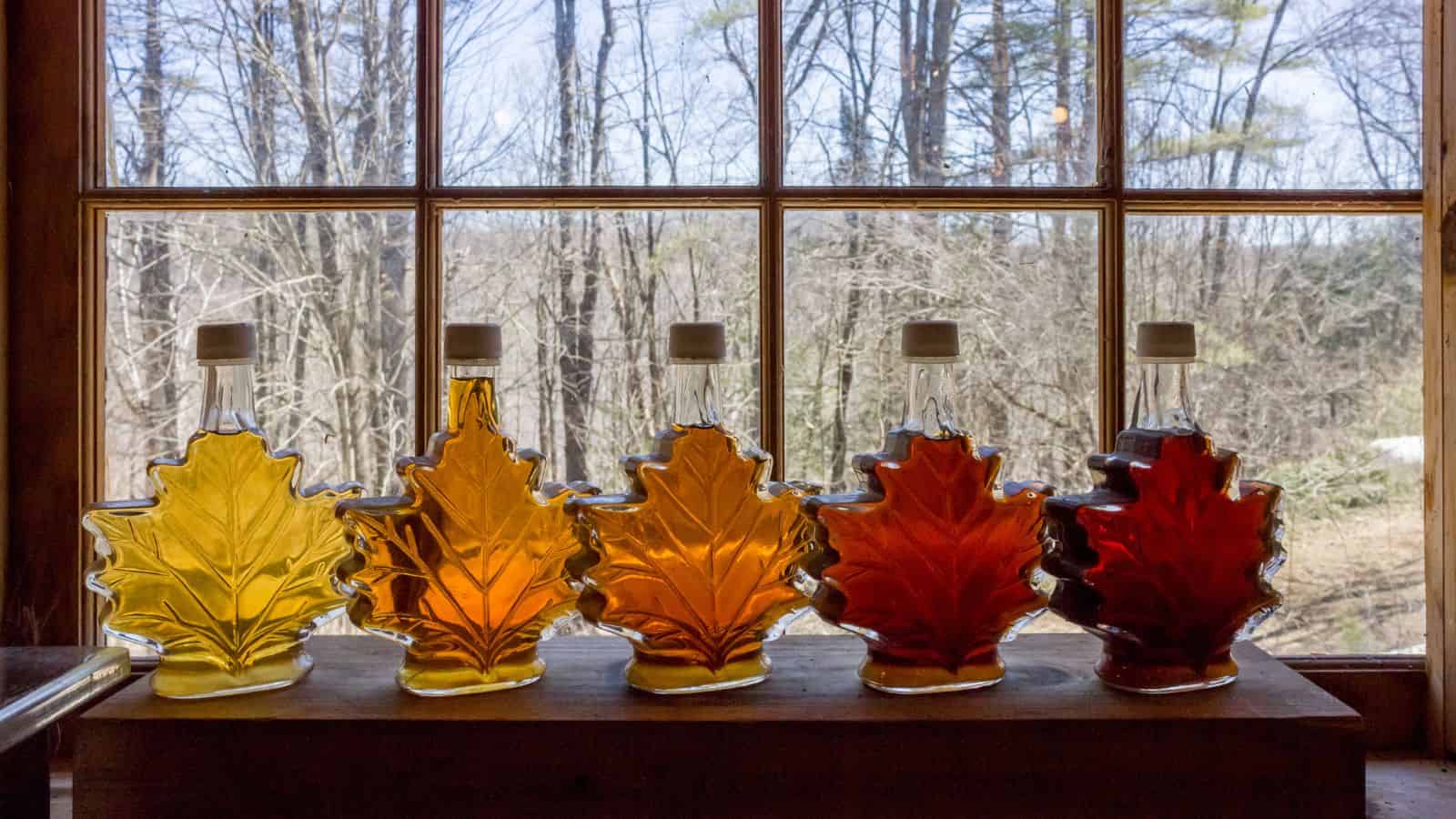
The Indigenous people of northeastern North America were the first to produce both maple syrup and maple sugar. They showed European colonists how to produce syrup; today, Quebec produces about 70% of the world’s supply.
Santa Claus Is Canadian

Americans and Canadians tell their children that Santa Claus lives in the North Pole. In 2008, Jason Kenney, the Canadian minister of Citizenship, Immigration, and Multiculturalism, formally awarded him Canadian citizenship status.
The Dollar Coin Is Called a “Loonie”

Canada introduced a one-dollar coin in 1987, named the “loonie,” after the common loon bird that appears on one of its sides. In 1996, the Canadian Royal Mint introduced the two-dollar coin, nicknamed the “toonie.”
More Lakes Than the Rest of the World Combined
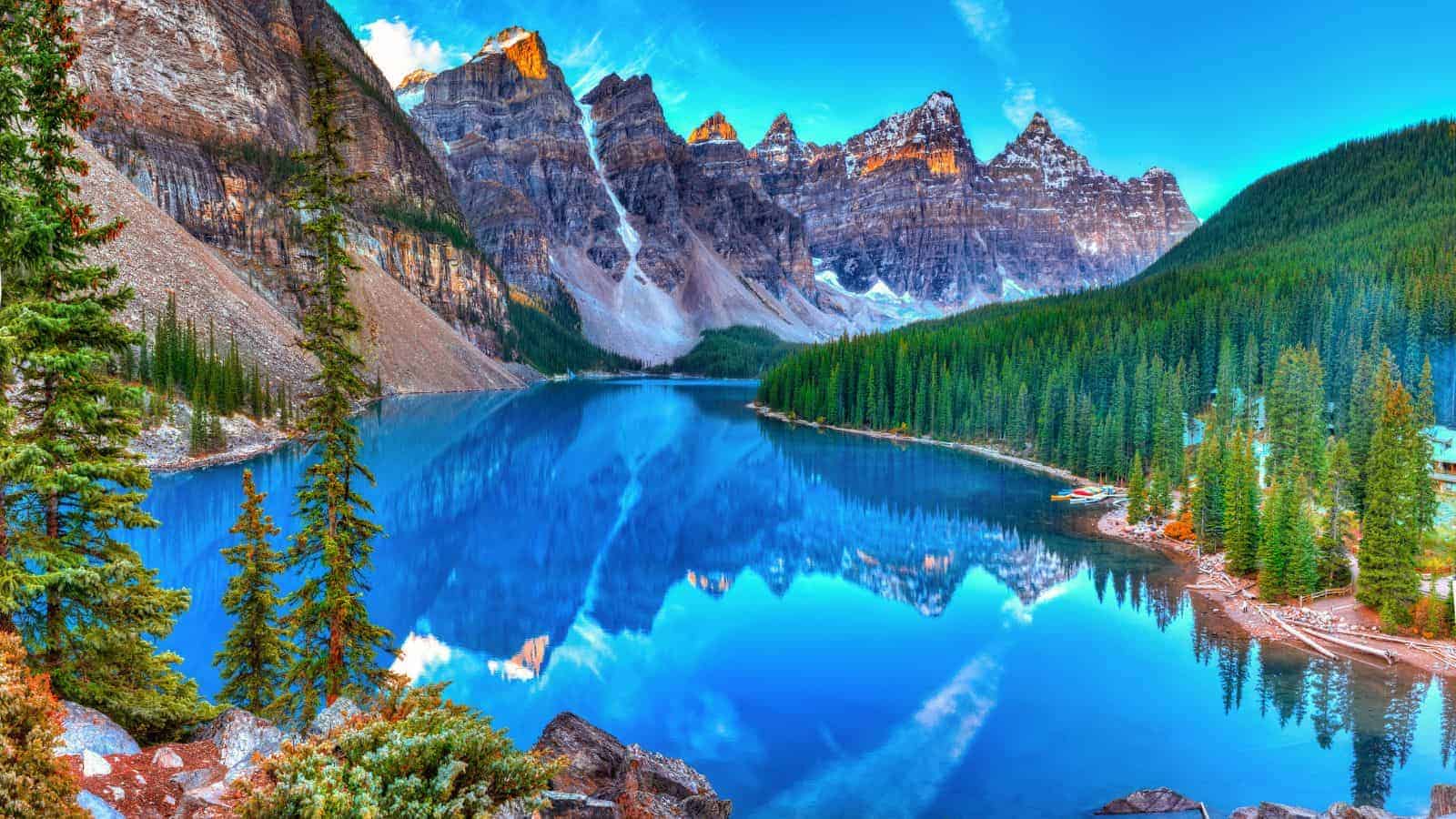
Canada has 879,800 lakes, covering almost 9%, or 344,080 square miles, of the country. The country has 62% of lakes over 0.1 square kilometers, much more than Russia or America, which have the second and third highest number of lakes, respectively.
The Largest Island in a Freshwater Lake Is in Canada
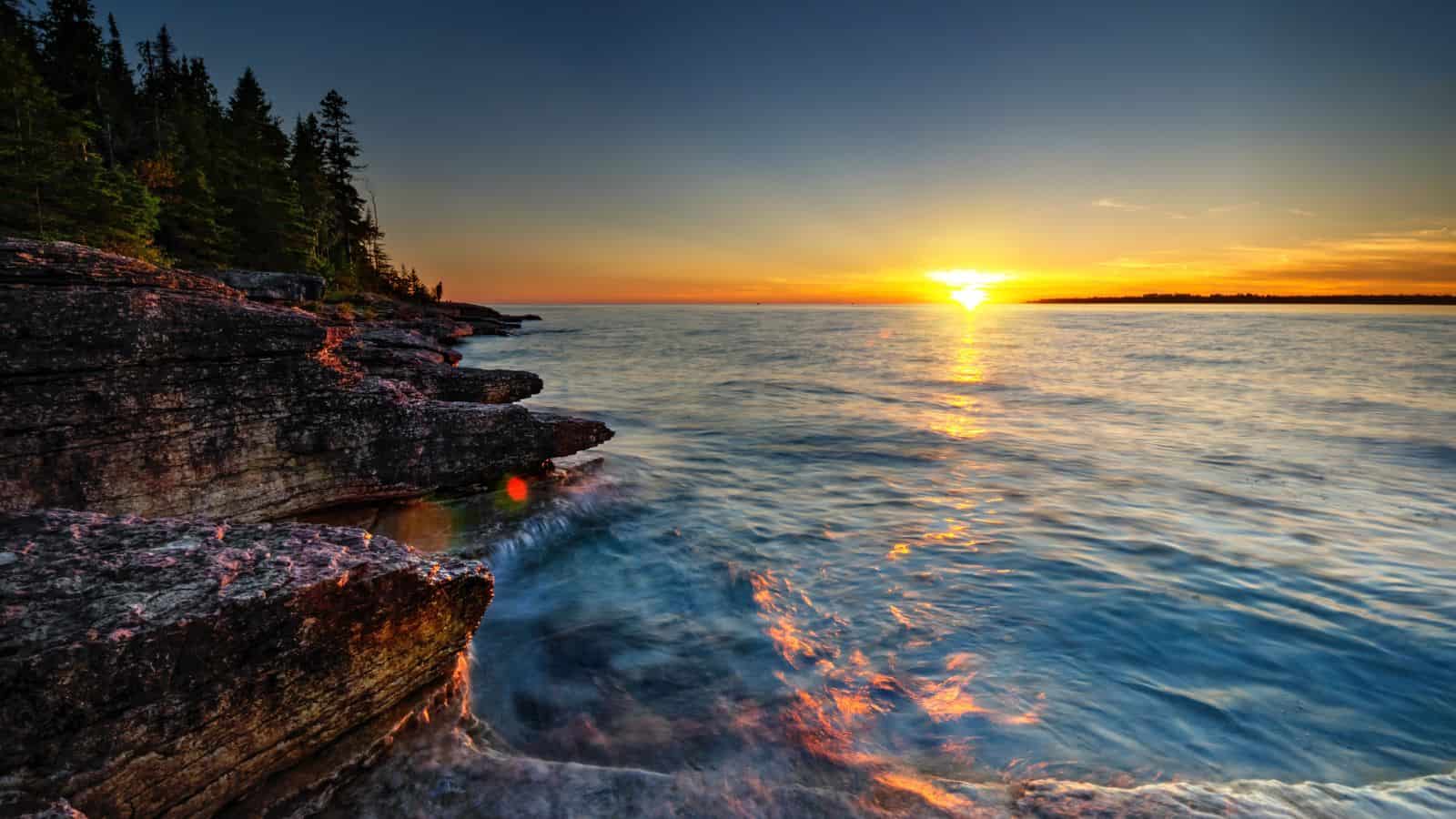
Ontario’s Manitoulin Island is Canada’s 31st largest island and the world’s largest freshwater lake island. It had a population of 13,255 in 2016 and has several lakes of its own that contain islands like Lake Mindemoya’s 33-hectare Treasure Island.
Canada Has a More Educated Population Than America

By some estimates, including 2018 OECD data, Canada has the world’s most educated population, with over 56% having completed tertiary education. South Korea leads in tertiary education among 25–34-year-olds, but Canada has a more educated population than America, which didn’t make the OECD top ten in 2018.
Canadians’ Politeness

Americans are often shocked by just how polite their northern neighbors are. Canadians are known for saying “sorry” even when they’re not at fault, like when they’re bumped into. In a 2023 opinion piece for the Globe and Mail, Alexandra Hudson argues that “too much politeness can also harm our freedom” by “silenc[ing] ideas that need to be aired and repress[ing] conversations that must be had.”
Canada Was the First Country to Celebrate Multiculturalism
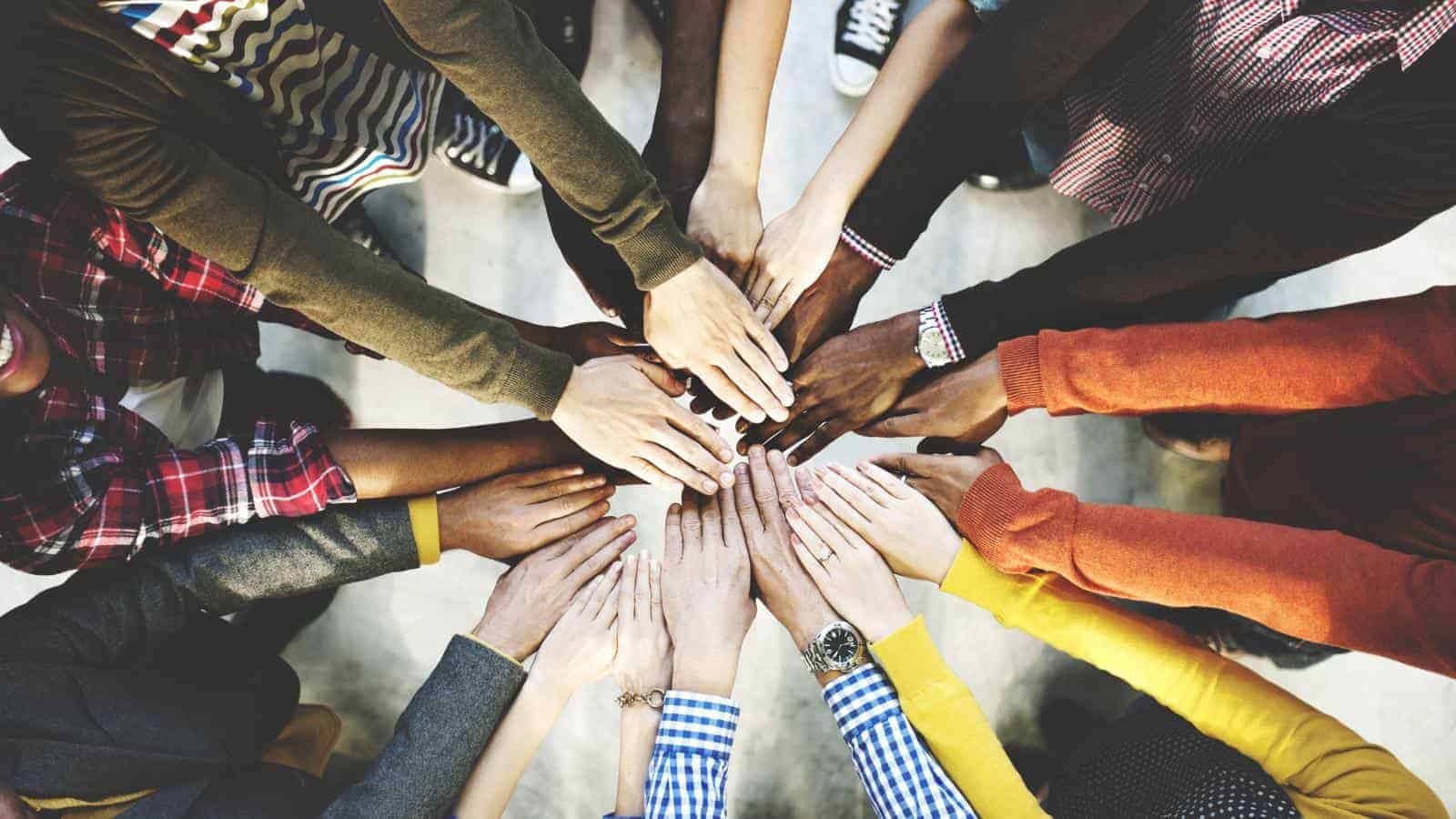
In 1971, Canada became the world’s first country to adopt an official multiculturalism policy. It continues to lead in efforts to promote cultural diversity and inclusiveness and celebrates it annually on June 27, or Canadian Multiculturalism Day.
Canada Has No Official Religion

Like America, Canada has no official religion. Although the Constitution refers to God, the country has no official church, and freedom of religion is a constitutionally protected right. Canada is a less religious country than America and is often described as a post-Christian state.
Canadians Celebrate Thanksgiving in October
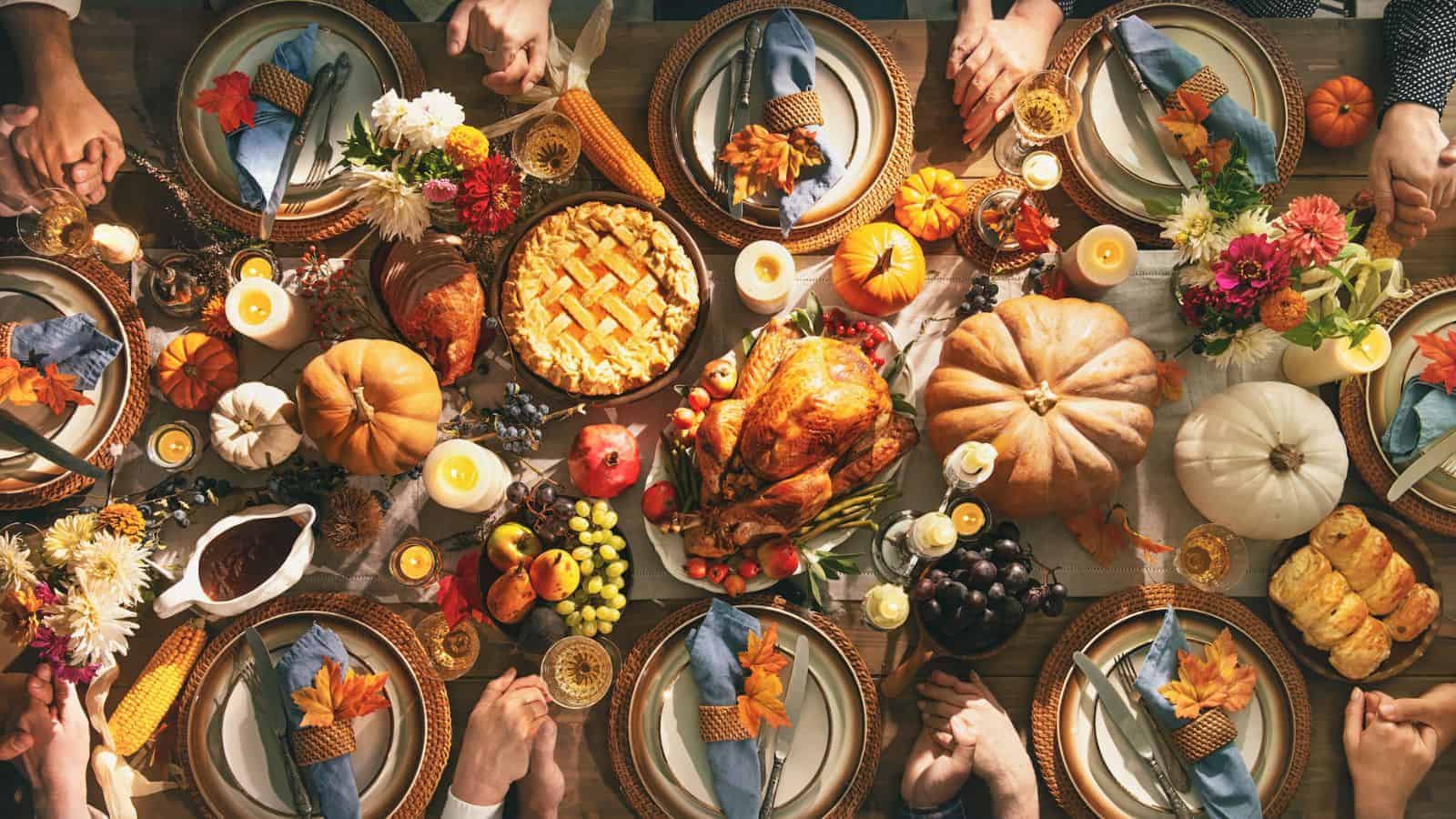
Americans and Canadians both celebrate Thanksgiving, but it’s held in October north of the border. Country Living notes that Canadian Thanksgiving occurs on the second Monday in October, about six weeks before America celebrates it. Canadians reportedly celebrate the holiday in October because their frostier climate results in an earlier harvest.
Canadians Love Poutine
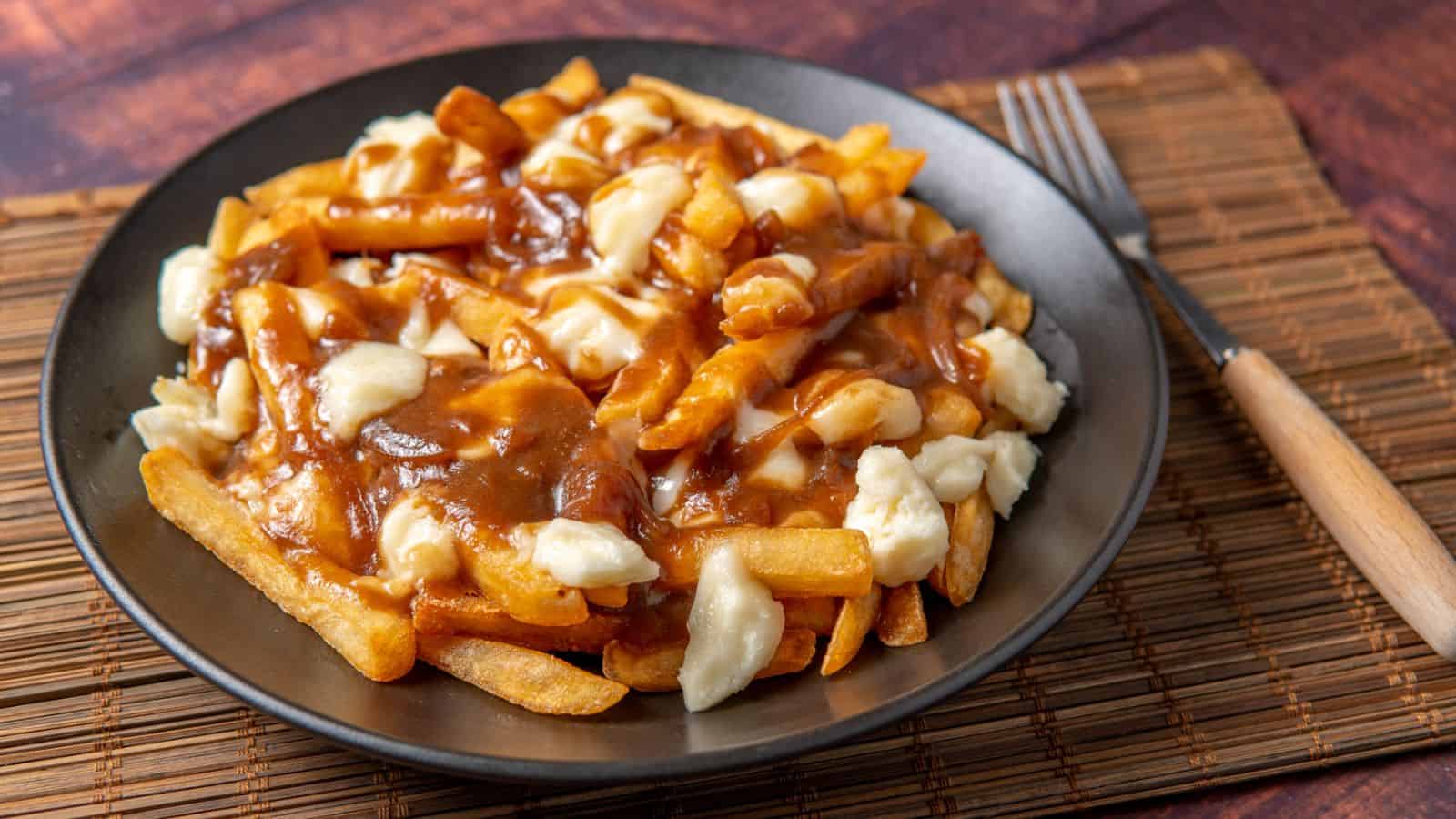
Canadians have loved poutine, a dish of fries topped with cheese curds and gravy, since the late 1950s. It emerged in Quebec and has been labeled by some as Canada’s national dish, a claim rejected by some Québécois.
Canada Was Once the Same Temperature as Mars
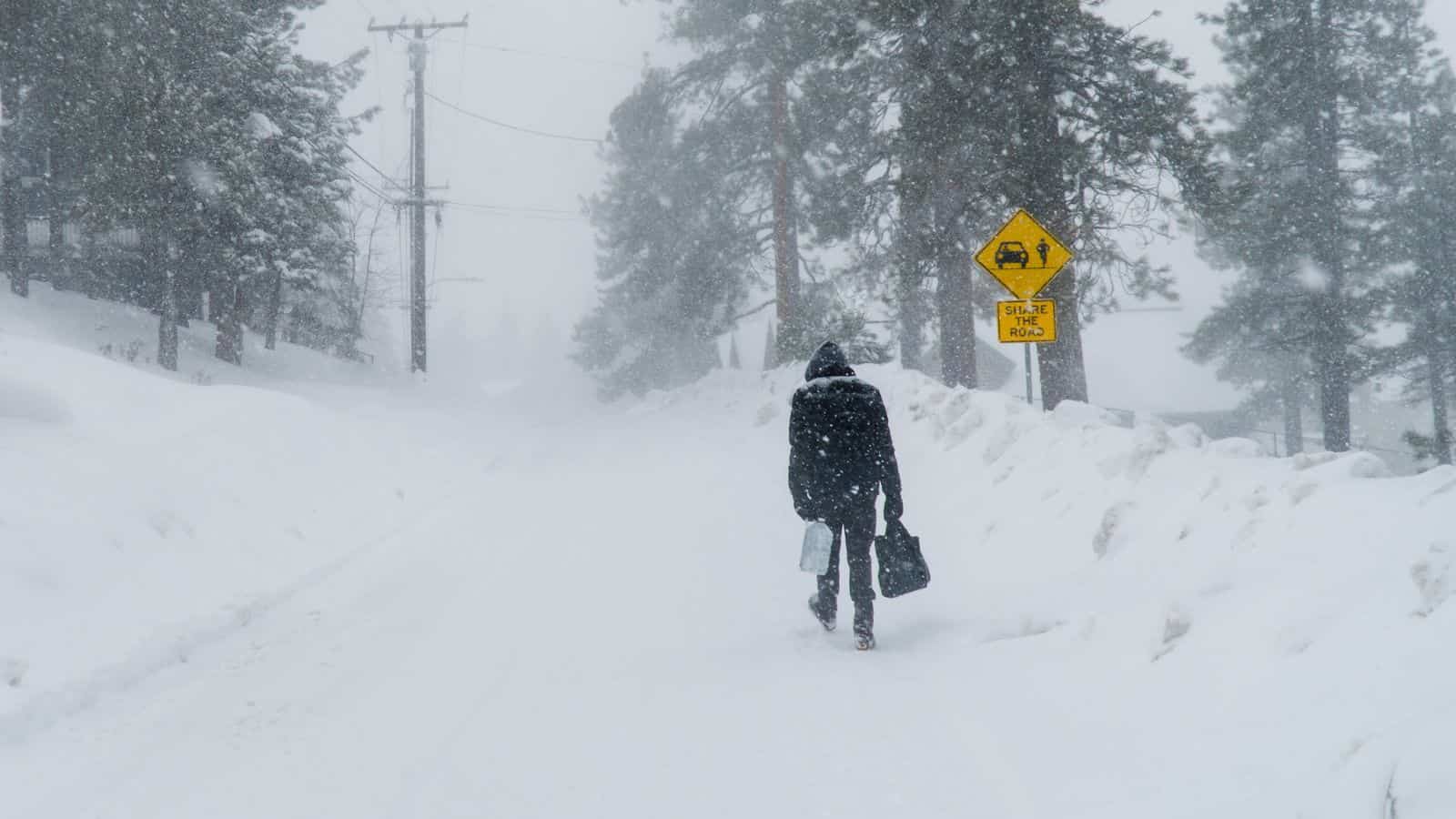
On February 3, 1947, the small village of Snag, Yukon, recorded a temperature of -63°C (-81.4°F). That’s comparable to the average temperature of Mars, a planet with an atmosphere 100 times thinner than Earth’s.
Canada Is Home to Deserts
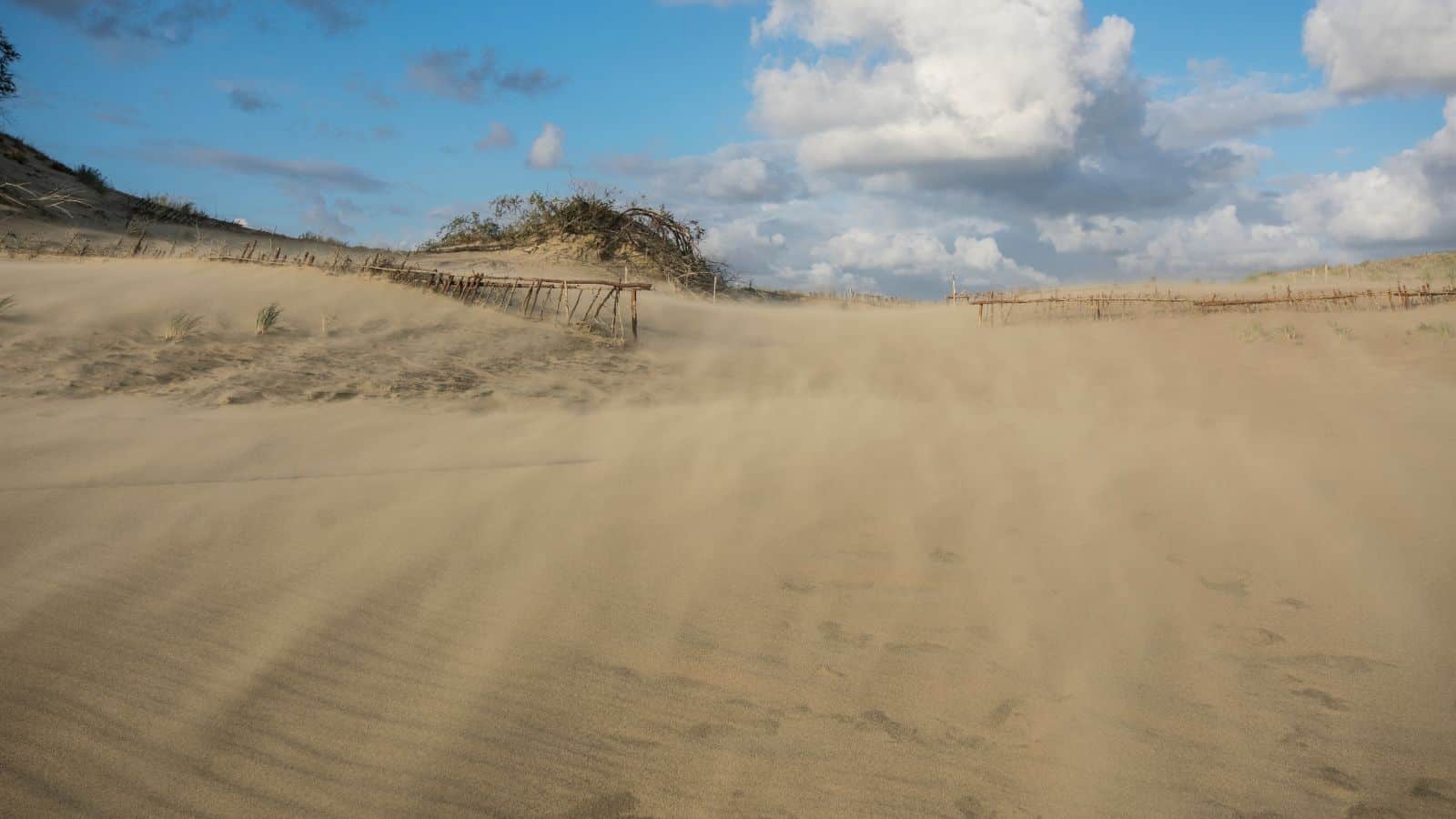
The Okanagan Desert in British Columbia is a semi-arid shrubland with unique flora and fauna that’s home to vineyards and wine production. Canadian Geographic explains that the country is also home to the Carcross Desert in Yukon, the Athabasca Sand Dunes in Saskatchewan, the Cheltenham Badlands in Ontario, and the Canadian Badlands in Alberta.
Canada Is the Second Largest Country
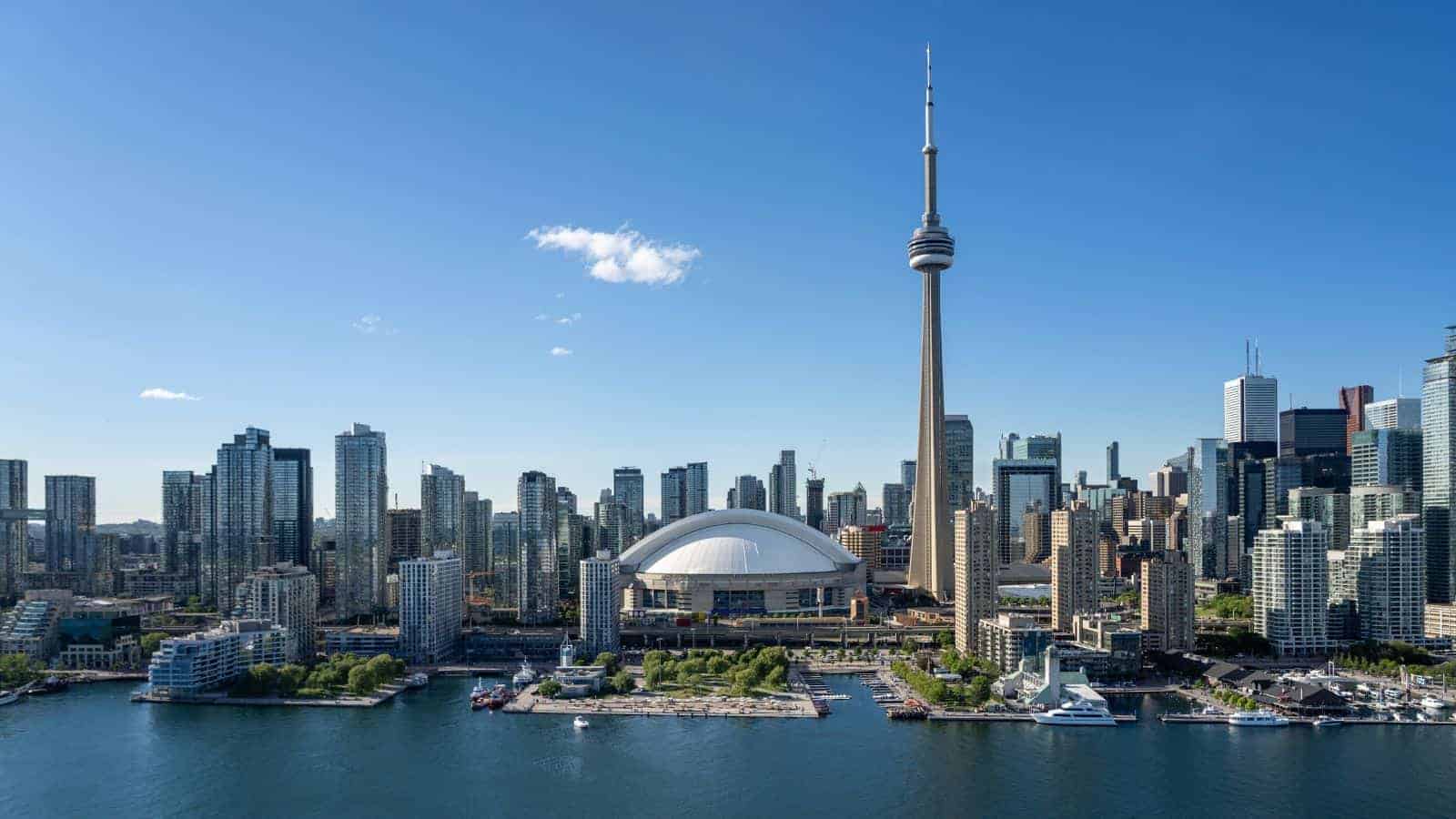
Despite its relatively small population, Canada is the world’s second-largest country. In terms of total size, it’s second only to Russia and encompasses a vast wilderness with mountains and diverse climates.
Maple Leaf Flag
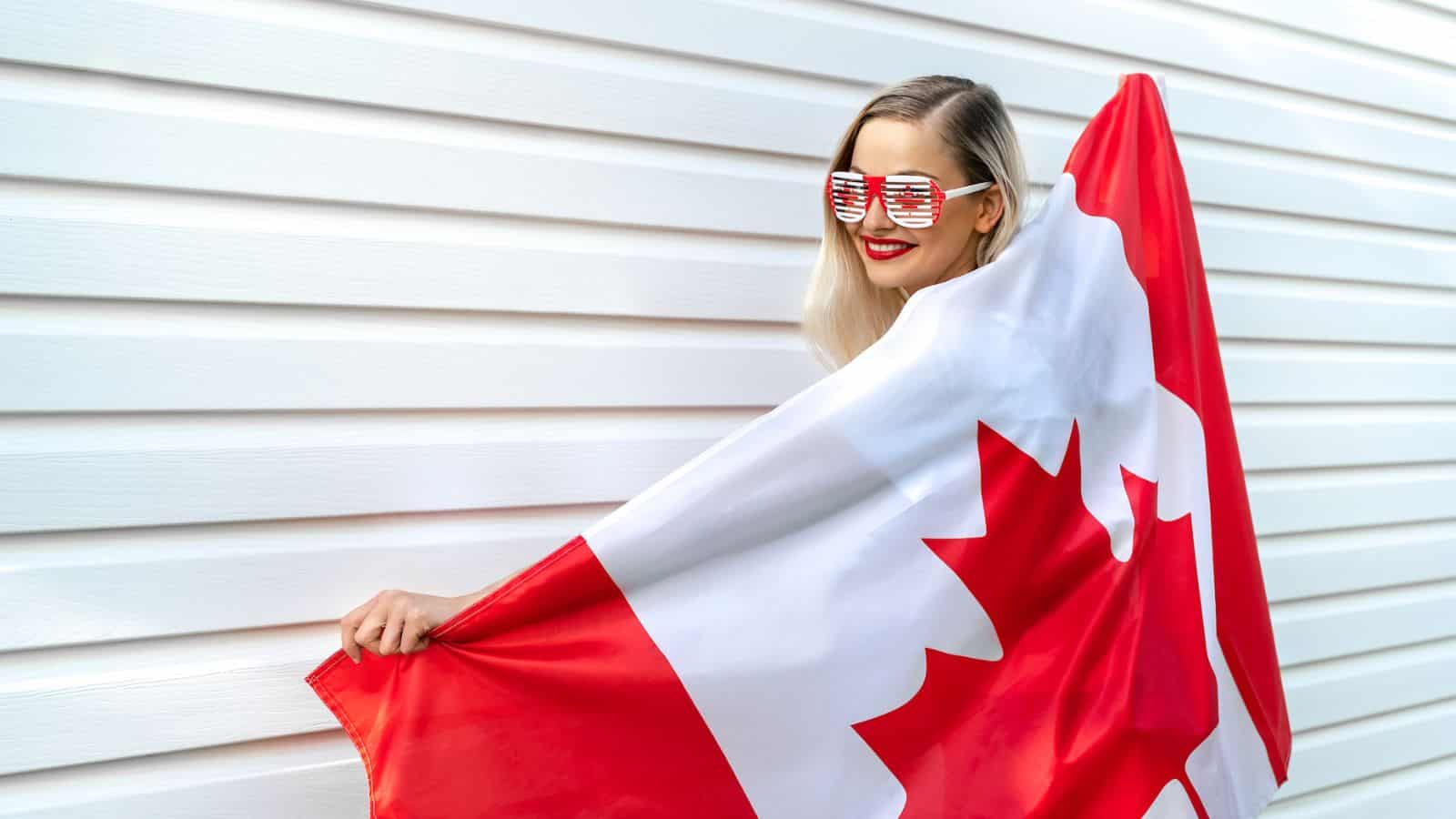
The maple leaf on Canada’s flag makes it instantly recognizable, like Britain’s Union Jack or America’s stars and stripes. The maple leaf has been used as an emblem of the country since the 18th century and is today Canada’s most recognizable symbol.
Up Next: 17 Phrases Older People Use That No One Else Gets
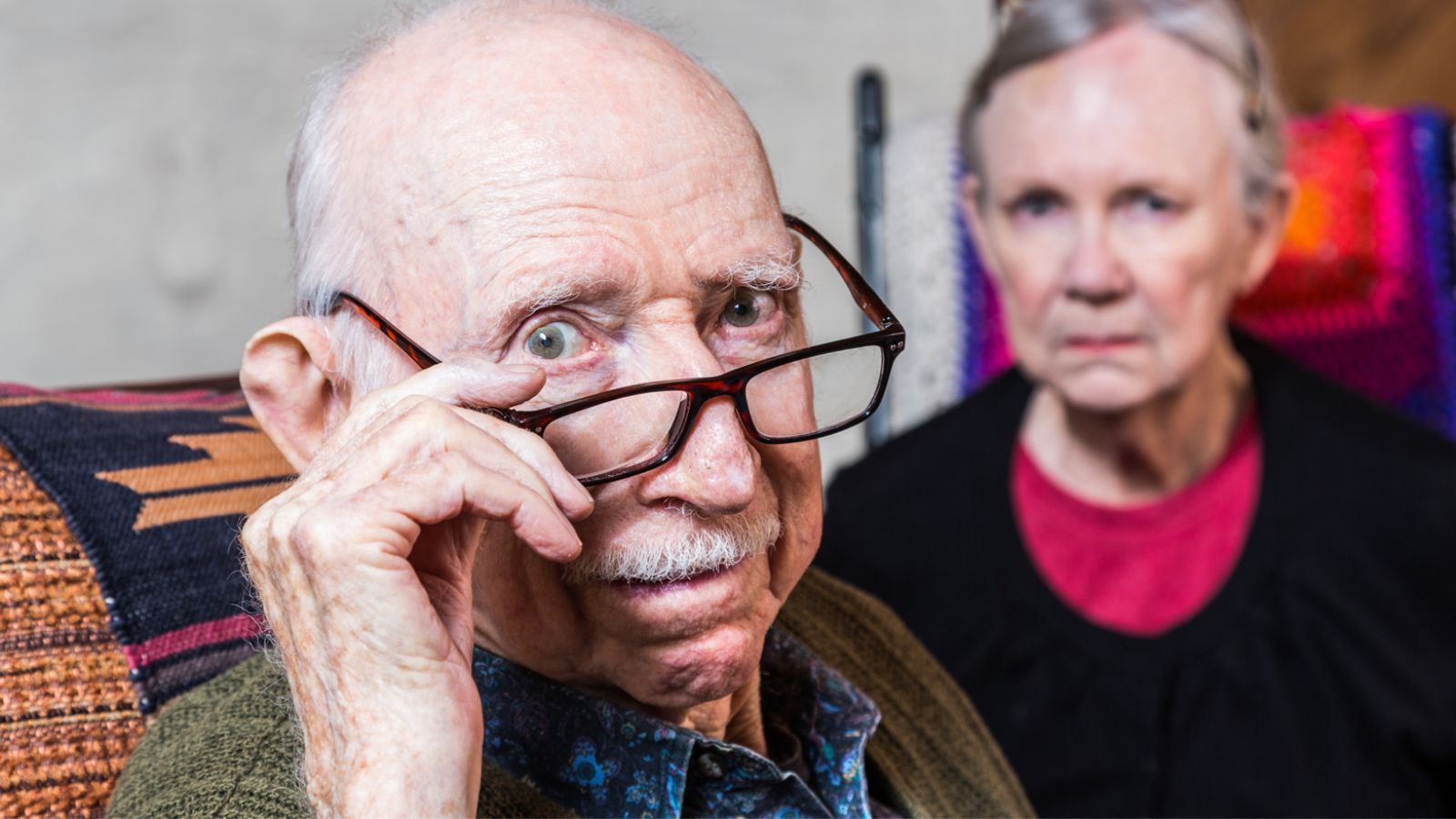
Each and every generation has its own phrases and sayings that separate it from the rest, and the boomers certainly have plenty. Discover 17 popular boomer phrases that aren’t often used today and what they mean. Maybe you’ll want to bring some of them back!
17 Phrases Older People Use That No One Else Gets
People Who Don’t Show Empathy Usually Have These 18 Traits

The world would be a better place if everyone had a little more empathy. But sadly, in reality, some people show much less empathy than we’d like. Here are 18 traits of people who don’t show empathy.
People Who Don’t Show Empathy Usually Have These 18 Traits
The 17 Unhappiest States in America
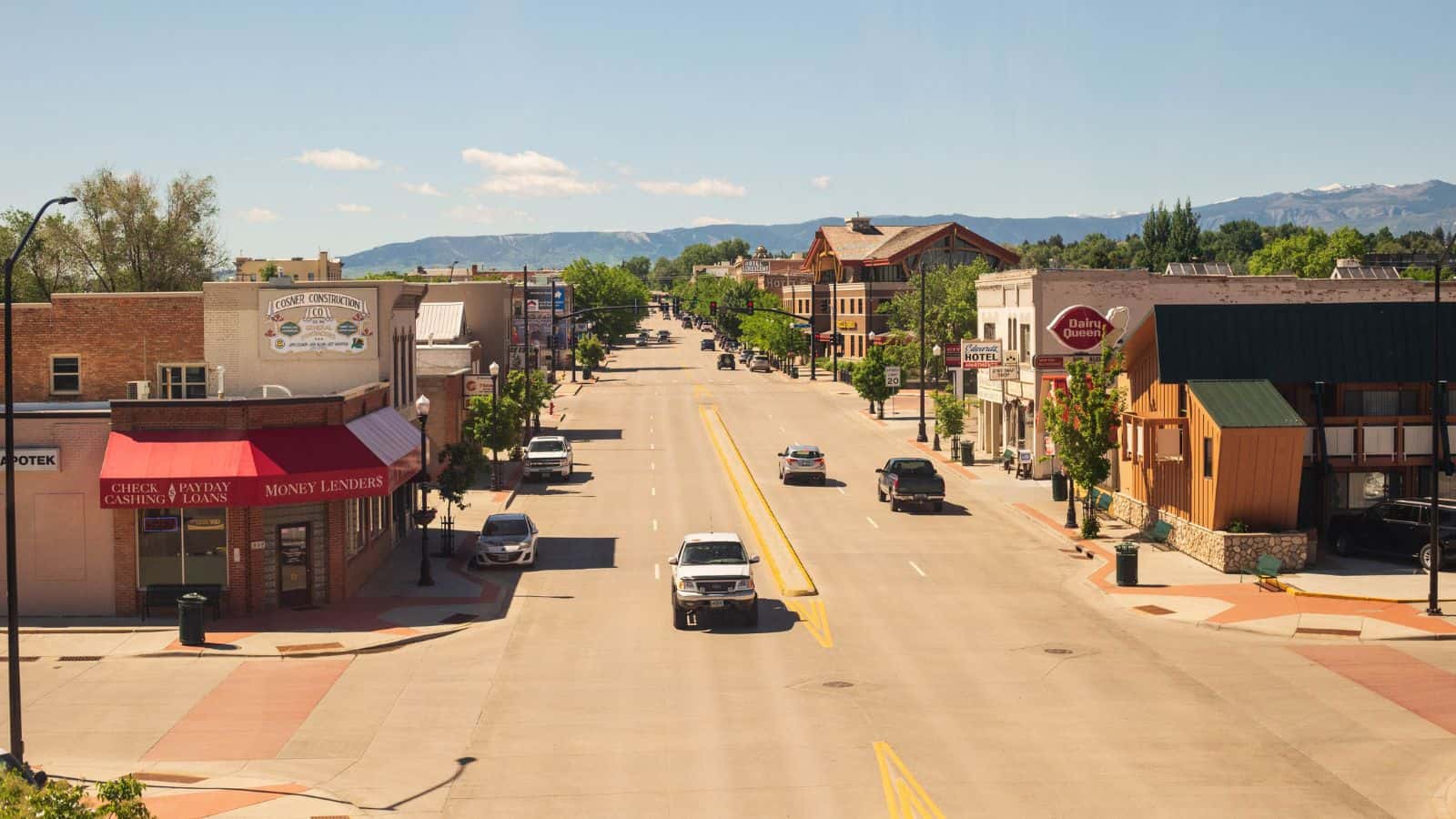
The US has hit an all-time low position in the World Happiness Index, tumbling to 23rd in 2024. However, it’s important to remember that location is an important factor; many US states are very happy, unlike the following 17 US states that appear to be the most unhappy.
